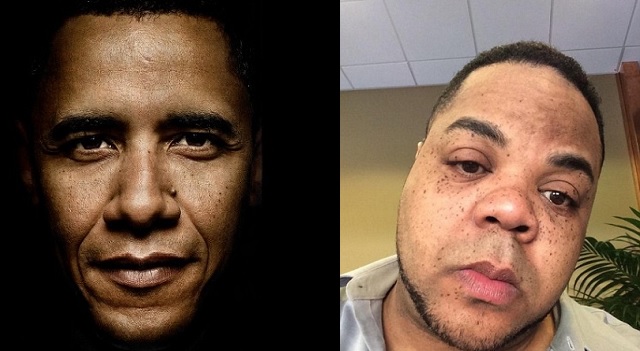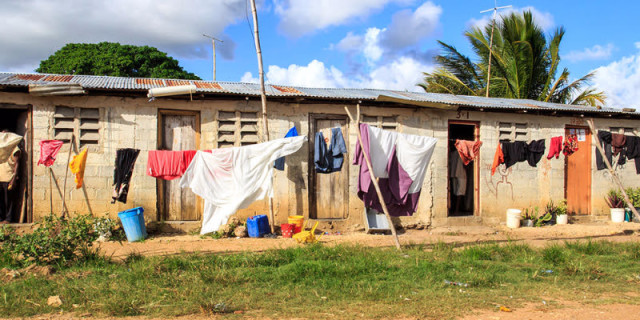In the forests of India, something exciting is going on. Villagers are regaining property taken from them when the British colonial authorities nationalized their forests. Just as exciting, in urban Kenya and elsewhere, people are doing away with the need for banks by exchanging and saving their money digitally. All over the world, poor people are discovering the blessings of bottom-up capitalism.
Sadly, though, developed country governments and anti-poverty activists ignore this fact and insist that developing nations need a paternalistic hand up. Both are missing an opportunity, because there are billions of capitalists in waiting at the bottom of the pyramid.
Next month, the United Nations will formally announce the successors to its Millennium Development Goals, the global body’s approach to poverty alleviation since the year 2000. These new goals will be touted as “sustainable.” The event will coincide with a visit by the pope, at which he is expected to concentrate on climate change and materialism as the greatest threats to the welfare of the people of the developing world.
Don’t expect to hear much on the way people in the Western world lifted themselves out of poverty: free-market capitalism.
The phrase “the fortune at the bottom of the pyramid” was coined by the late C.K. Prahalad, building on the work of Nobel laureate Amartya Sen. In his groundbreaking 1999 work, Development as Freedom, Sen pointed out that one of the most important aspects of development is freedom of opportunity, a vital part of which is access to capital and credit. Capital and credit, however, appear nowhere in the draft UN goals.
When capital is sufficiently available, would-be entrepreneurs at the bottom of the pyramid have demonstrated a willingness to launch new ventures and invest in their futures — that is, to embrace free-market capitalism to the benefit of all concerned.
There are several ways to ensure access to capital in the developing world, but the most important approach is to unlock the productive potential of the capital already available there.
Land Titling
In many countries, people could possess access to capital by virtue of the real estate they already occupy, but they are unable to prove ownership of the land due to inadequate land-titling systems or because of traditional forms of property ownership where everything belongs to the village chief. As Hernando de Soto explained in his book, The Mystery of Capital, land-titling reforms significantly benefit the poor, enabling
such opportunities as access to credit, the establishment of systems of identification, the creation of systems for credit and insurance information, the provision for housing and infrastructure, the issue of shares, the mortgage of property and a host of other economic activities that drive a modern market economy.
De Soto estimates that up to $10 trillion of capital worldwide is locked away unused because of inadequate titling systems. A recent study by the Peru-based Institute for Liberal Democracy (ILD), which De Soto heads, estimated Egyptian workers’ real estate holdings to be worth around $360 billion, “eight times more than all the foreign direct investment in Egypt since Napoleon’s invasion.”
Similarly, many local assets around the world remain in common ownership — in reality, owned by no one. Initiatives such as India’s privatization of forest resources seek to address this problem by enabling the titling of assets by indigenous peoples, who can then tap into those resources for access to credit to open up new opportunities. Estimates suggest that similar initiatives could be extended to 900 million plots of land across the developing world.
There are also exciting opportunities that could arise for the public recording and utilization of such capital through the distributed public-ledger system known as the blockchain, best known for its role in the development of bitcoin. Development of the blockchain for property recording and titling would significantly reduce both the transaction costs and the widespread corruption associated with government-controlled titling systems. Significantly, De Soto’s ILD is promoting these initiatives.
Microfinance
Recent innovations have enabled the development of microfinance — access to small amounts of credit for specific purposes. Today, microfinance institutions all over the developing world provide small loans, access to savings, and microinsurance to families or small businesses.
By giving them access to proper investment capital and affordable financial institutions, microfinance providers help small- and medium-sized enterprises in developing countries to grow. Often, these businesses are so small that they can neither afford the interest rates on bank loans nor come up with the capital they need on the their own. When implemented correctly, microfinance loans empower their customers to invest, grow, and be productive, all of which contribute to diminishing poverty within communities.
One of the most prominent examples of microfinance is Muhammad Yunus’s Grameen Bank, first established in Bangladesh. According to a RAND Corporation study, areas where Grameen Bank offers programs saw unemployment rates drop from 31 percent to 11 percent in their first year. Occupational mobility improved, with many people moving up from low-wage positions to more entrepreneurial ones. There is evidence of increased wage rates for local farmers. Women’s participation in income-generating activities also rose significantly.
The Consumers at the Bottom of the Pyramid
Access to capital and credit enable new markets to spring up where none existed before. Entrepreneurial activity is unleashed. Consider one of Prahalad’s case studies of Nirmal, a small Indian firm that sold detergent products designed for rural village uses, such as in rivers. The products came in small packages at low prices suitable for Indian villagers’ daily cash flow. The company soon found itself with a market share equal to that of consumer-goods giant Unilever’s Indian subsidiary. Unilever responded by introducing similar products, thereby growing this new market. In the process, more environmentally friendly products were invented and sold, too.
As Prahalad points out, over four billion people in the world lived on an annual income of $1,500 or less (in 2002 dollars), with one billion living on less than a dollar a day. Nevertheless, based on purchasing power parity, this market represents an economy of $13 trillion or more, not that far off from the entire developed world.
The underdeveloped world is ripe for capitalism. The “unemployed” protestors of the Arab Spring were, in fact, small businessmen who were pushed to the breaking point by continually having their capital and profits expropriated by corrupt government officials, as De Soto points out. So, while the Western media portrayed the protests as being mostly about politics and freedom of expression, they were as much — if not more — about the freedom to do business.
Kenya: Mobile Phones and Payments
Despite corruption and bureaucracy, strong markets have grown up in developing countries. Kenya is a case in point. It leapfrogged the Western world’s development process for mobile communications technology. Kenyans went from having few telephones to virtually everyone having a mobile phone without needing the stage of landline infrastructure in between. A similar process is now taking place in personal finance.
Vodafone, along with its Kenyan subsidiary, Safaricom, developed m-pesa, a mobile payment and value storage system to be used on its phones. Transactions are capped at about $500, but crucially can be person-to-person, acting as digitized cash. Introduced in 2007, it had 9 million users — 40 percent of Kenya’s population — just two years later. By 2013, 17 million Kenyans were using it, with transactions valued at over $24 billion — over half of Kenya’s GDP.
M-pesa has in turn improved access to capital even more, and technology businesses are thriving all over Kenya as a result.
Kenya is not alone. The phenomenon is spreading to other African countries and to some South American countries such as Paraguay.
Environment, education, and health all benefit from wealth creation. Perhaps the real mystery of capitalism is that neither the United Nations nor the pope recognize the benefits it can bring to four billion of the world’s poor. Free enterprise and human welfare boom where governments allow new markets with access to capital and credit. That is all it takes to meet the UN’s development goals.

Iain Murray
Iain Murray is vice president at the Competitive Enterprise Institute.

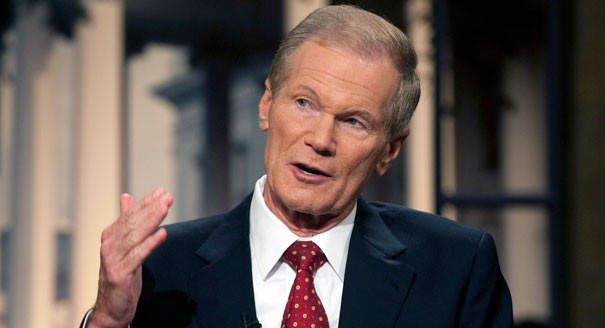


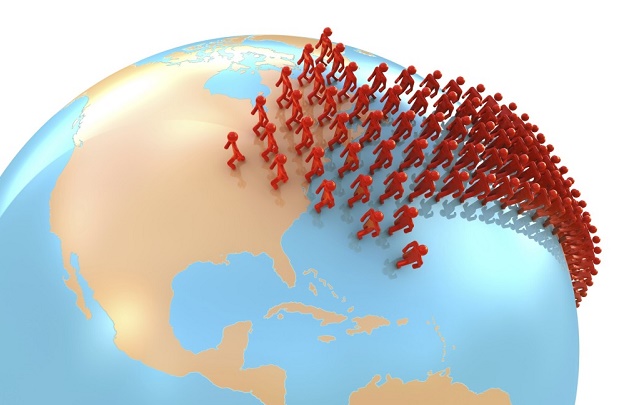
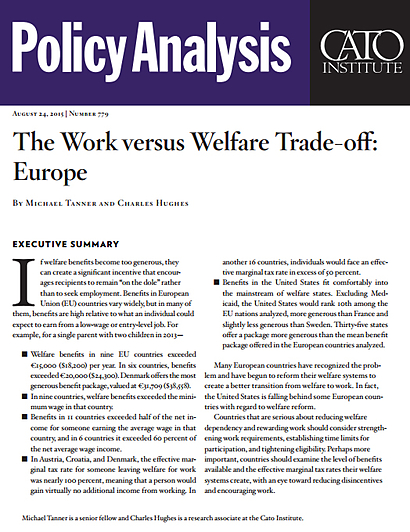







 Texas Senator and presidential candidate Ted Cruz said of Davis’ sentencing, “Today, judicial lawlessness crossed into judicial tyranny.” He called on “every believer, every constitutionalist, every lover of liberty to stand with Kim Davis.”
Texas Senator and presidential candidate Ted Cruz said of Davis’ sentencing, “Today, judicial lawlessness crossed into judicial tyranny.” He called on “every believer, every constitutionalist, every lover of liberty to stand with Kim Davis.”







